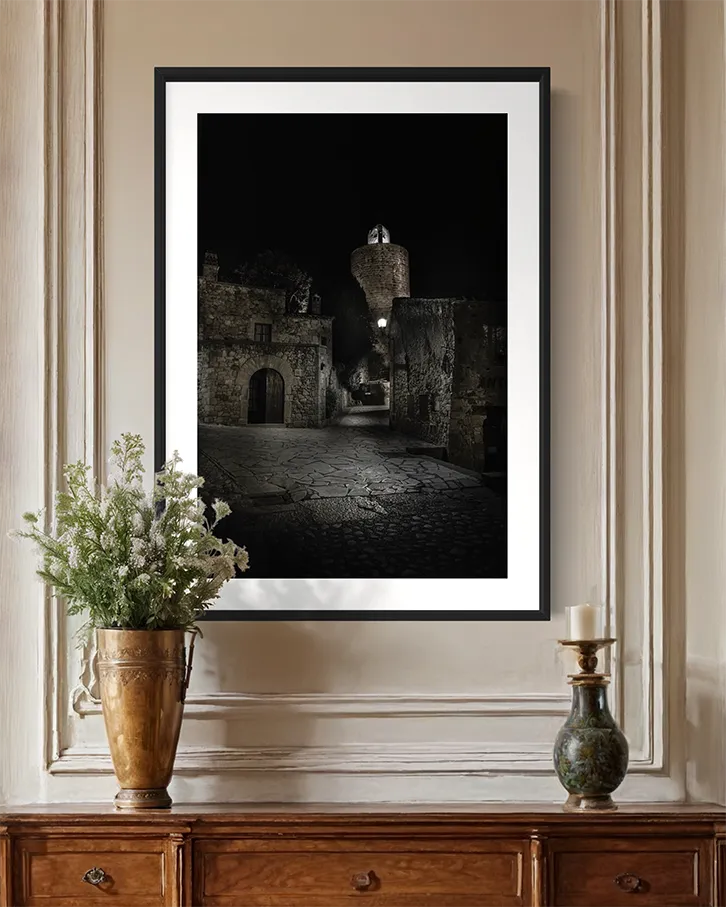Understanding our intentions as photographers
It is not enough to know how to see, as photographers we must have intention.

Pedró District (Pals) Project: Stone towns. Marco Zouvek
“A photographer should not concentrate on easy and trivial effects, such as exaggerated perspectives or backlighting that prolongs shadows. He should strive to interpret what he sees with his own eyes and not what appears beautiful in the viewfinder of his camera.”
Robert Doisneau
I often wonder if developing my own visual language is precisely about experimenting with description and “translating” that description into another mode of expression. I am talking about those moments when you know there is something latent in front of you that cannot be photographed but is exactly what you want to capture. I often wonder if I really know what my intentions are.
It’s essential to understand our intentions as photographers.
Knowing how to see is not enough; we must have intention. As photographers, it is not enough to choose what we want our photographs to show and how we want to explain it. Our challenge is to understand our intention when photographing.
It is not about photographing the scene or object before our eyes; it is about interpreting what we see and determining what part of it we want to capture. It is about understanding our purpose as photographers, which ties into our thoughts, emotions, imagination, and vision.
Sometimes, it seems photographers are more concerned with training the sense of sight to capture unique moments, while what should truly engage us is being prepared to “see” what makes it meaningful to photograph them.
“We all see things, but the photographer must notice what they mean and thus force us to look at them in a different way. Everything is photographed millions of times…”
William Klein
The meaning of a photograph is not in the frame, perspective, or angle from which it was taken. The purpose of the image lies in the message, the intention behind it, and answering a single question: What is the image’s purpose? What intention did the photographer have when taking that photo?
The compositional, technical, and narrative elements of a photograph help viewers begin to understand what the image wants to express. However, research and visual analysis always lead to discovering and understanding the photographer’s intention, message, and the story behind the photo.
The photographer makes proposals, raises questions, and photography always shows a point of view.




Leave a Reply
Want to join the discussion?Feel free to contribute!